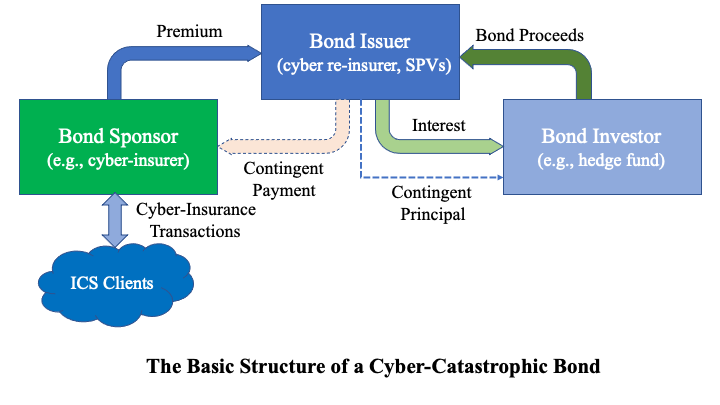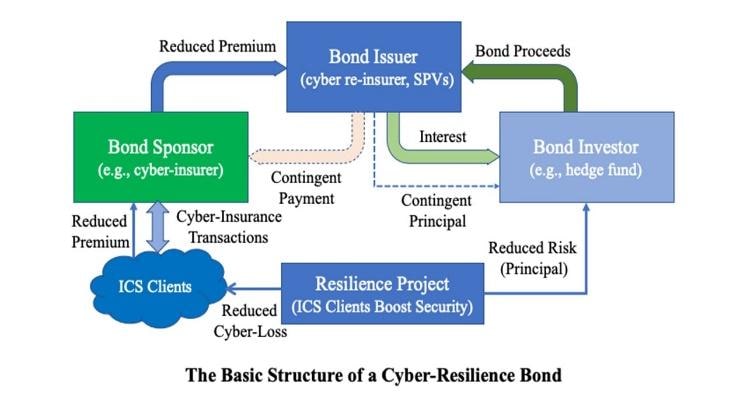
How insurance-linked securities can improve cyber-security in India
Indian companies are digitising their workflow and are slowly waking up to the importance of cyber-risk management. But the cyber-insurance market in India is only a small fraction of the total annual cyber-loss incurred by these enterprises. Here's how it can seek more capital and serve better with the help of insurance-linked securities
 Why is there a big supply-demand gap despite cyber-insurance being one of the fastest-growing insurance sectors in the country? Image: Shutterstock
Why is there a big supply-demand gap despite cyber-insurance being one of the fastest-growing insurance sectors in the country? Image: Shutterstock
The overarching root issue with a big gap in the supply-demand dynamics of current enterprise cyber-insurance markets in India is the lack of enough capital with re-insurers and insurers for them to scale their businesses. In 2018, the Data Security Council of India (DSCI) observed an ₹29,400 crore cyber-insurance market—a 40 percent increase in cyber-insurance purchases by enterprises in India from 2015. However, over the next four years that spanned the Covid-19 pandemic period, the growth in the cyber-insurance market has ‘flattened’ enough to fall much short of its projected target of ₹1.59 lakh crore by 2024 (when measured by the CAGR since 2018 market valuation). This—despite the total cyber-loss market being on the order of ₹15 lakh crore—implies that the cyber-insurance market in India provides third-party coverage for only a small fraction of the total annual cyber-loss incurred by enterprises.
Subsequently, this leaves the digital society spanned by the enterprises in India bearing the adverse impacts of billions of US dollars equivalent to unmanaged residual cyber-risk every year. What is most alarming is the fact that these huge supply-demand gap statistics are resulting when insurance experts in companies such as Bajaj Allianz, ICICI Lombard, Tata AIG, HDFC Ergo, and Lloyds India—major cyber-insurance policy carriers in India—claim that cyber-insurance might be the fastest-growing insurance sector today. This is primarily because companies in nearly every sector—startups, manufacturing, transportation, banks, non-banks, IT service, health, and retail—are steadily digitising their entire workflow for increased ROI and business process efficiency reasons and are waking up to the cyber-risk management importance of such policies, especially post-pandemic.
Lack of premium capital
The big question is: Why is there a big supply-demand gap despite cyber-insurance being one of the fastest-growing insurance sectors in the country? In other words, why is the cyber-insurance sector (in India and elsewhere in the world) starved of premium capital? The answer to this question has four dimensions:
- High information asymmetry (IA) between the insurer and the insured driven by inter-dependent and correlated cyber-risk among businesses resulting in ‘tricky’ insurance policy underwriting by the cyber-risk bearing insurers,
- Aggregate supply-chain cyber-risk,
- IA-driven unattractive premium/deductible charged to insured businesses, and
- The rise of ransomware cyber-attacks.
The lack of capital results in large inefficiencies in cyber-risk diversification markets. It hurts the potential of cyber-insurance products to significantly boost the security of enterprises and their ecosystems.
Also read: Cyberattacks: You could be the next target
[This article has been published with permission from IIM Calcutta. www.iimcal.ac.in Views expressed are personal.]









